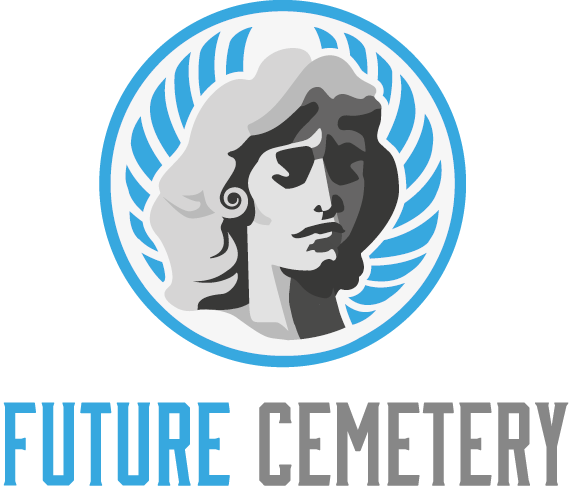A morgue is a facility within a hospital or medical center where bodies are kept temporarily until they can be identified, autopsied or prepared for burial.
Some mortuaries offer more direct services such as a quick viewing for immediate family members or on-site cremation without the full offering of memorialization. A person who works in a mortuary is a mortician or funeral director.
Body preparation
Body preparation is an important part of funeral arrangements. It helps grieving families come to terms with their loss and start the healing process. For this reason, it’s crucial that funeral directors handle the body with care and respect. The process involves cleaning, dressing and arranging the body in a dignified appearance. It also includes a thorough inspection and documentation of the body. It may be stored in a refrigerated unit to slow down decomposition while awaiting examination or autopsy, or for transport to a funeral home.
A mortician begins by cleaning the body to remove any visible dirt or debris. They then use fillers and preservatives to delay the natural decomposition of the body, ensuring that it looks lifelike. They also relieve rigor mortis by bending, flexing and massaging the arms and legs. Lastly, they position the body so that it looks as though it is resting peacefully.
Autopsy
The pathologist conducts a thorough examination of the body’s internal organs and tissue. Depending on the circumstances of the death, an autopsy may include a complete or partial evisceration (removal and preservation of organs), a coronal incision of the scalp, and the collection and preservation of materials for indicated ancillary investigations.
Forensic and medical scientists use the autopsy to better understand disease processes and how they manifest in the human body. Autopsies also provide valuable information about the cause, mode, and manner of a person’s death, especially in cases of unexplained or suspicious deaths.
Staff who perform postmortem examinations on cadavers follow required don, use, and doff protocols to avoid self-contamination, minimize the risk of carrying germs outside the mortuary suite or anteroom, and mitigate transmission of mumps virus. The cadaver is then placed in a body bag and stored in a refrigeration unit for later examination. Occasionally, educational tissue obtained from an autopsy is used in teaching programs for medical students, residents, forensic science interns, and pathologists’ assistant students.
Final disposition
The final disposition of a loved one is an important decision that must be made by family or next of kin. It may be helpful to consult with funeral professionals and legal experts to ensure that your loved one’s wishes are respected and that the process is handled properly.
Alternatives to traditional burial and cremation include ground burial, aboveground entombment in a mausoleum, and scattering of ashes. These options can be more environmentally friendly or offer a more personalized memorial service. It is also possible to have a combination of these options.
For those who wish to preplan their funeral arrangements, including final disposition instructions is an essential step. This can help alleviate the burden on surviving loved ones and prevent them from making decisions that do not reflect your wishes. It is also recommended to discuss these plans with your family members to avoid any confusion or disputes after your death.
Cremation
Cremation is a common alternative to burial and is usually done in a mortuary setting. After embalming the body it is placed in a container (often referred to as an urn, but can be anything from a cardboard box to a decorative urn) and taken to the crematorium.
Once in the crematorium, the remains are exposed to extreme heat (up to 1,800 degrees Fahrenheit), which reduces them to ash and bone fragments. This is a very delicate process and can be affected by the size of the body, temperature of the furnace, the time the cremation takes and even the ambient air quality.
Once the cremated remains have been reduced to ashes they are removed from the urn, inspected again for any metal remnants left behind from pins and screws used in surgical procedures and pulverized into the final product, which is often sold as “ashes”. The ashes may be scattered on private or public property with a permit from the local government, buried in cemetery plots, entombed or kept in an urn.
